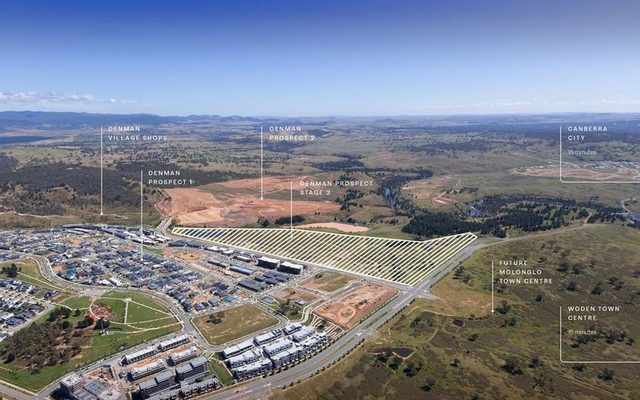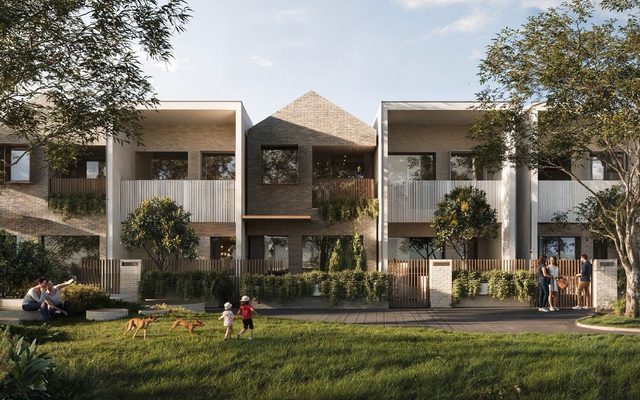This article is from the Australian Property Journal archive
THE Federal Government’s proposed planning changes to airport boundaries will jeopardise $33.5 billion worth of new developments in Sydney, Melbourne, Brisbane, Perth and Canberra.
The Urban Taskforce said the Draft National Airports Safeguarding Framework currently open to public scrutiny is a recipe for planning chaos and could affect hundreds of thousands of landowners.
Law firm Gadens has reviewed the legal issues, Wilkinson Murray examined the acoustic implications, CBRE assessed the planning and land use issues, and MacroPlanDimasi investigated the economic impacts of the new approach.
Together they found the proposed changes will threaten 134,300 new dwelling on more than 1,000 sq km of prime land — affecting Sydney, Perth, Brisbane, Melbourne and Canberra.
Perth, Sydney and Canberra will be hardest hit. In Sydney the impact could jeopardise as many as 34,100 dwellings, valued at $8.5 billion across an area of 63 sq km. Whilst in Perth as many as 35,200 dwellings worth $8.8 billion across an area of 251 sq km and in Canberra 39,600 dwellings, worth $7.9 billion across an area of 566 sq km will be worse affected.
In Melbourne the impact could jeopardise as many as 10,400 dwellings, valued at $4.5 billion across an area of 74 sq km and in Brisbane as many as 15,000 dwellings, worth $3.7 billion across an area of 163 sq km, are threatened.
Urban Taskforce CEO Chris Johnson said the Federal Government’s incursion into land planning around every airport in Australia is not based on evidence or detailed research, it is selectively applied to suit the operators of airports and with multiple controls can only lead to planning chaos.
“We commissioned four leaders in their field with expertise in airports, acoustics, planning, legal issues and economic impact and all four have given the proposed system a fail.
“All of these experts believe that no case has been made for a change to how noise impact is controlled around airports from the current ANEF system which has been operating in Australia for 35 years and in America for 50 years. The addition of N60, N65 and N70 noise contours can only confuse everybody and lead to contestible planning decisions that will end up in the courts,” he added.
Johnson said there seems to be no regulatory impact statement as required by COAG, no assessment of the billions of dollars of property investment that could be effected, no explanation of the logic behind the proposed controls and a questionable bias against greenfield housing over brownfield developments.
He has urged all councils and state governments to read the detailed expert reports the Urban Taskforce commissioned before making submissions to the Federal Government. The deadline ends on March 15.
Johnson said even the Federal Government’s supposed reason for changing how airport noise is measured is deeply flawed.
“The report states that it is because of increasing complaints outside the ANEF system that something new is needed. Urban Taskforce Australia researched the incidence of complaints outside the normal area at Sydney airport and found that 90% of complaints were made by three serial complainers with the largest number of complaints coming from distant Kellyville where a single person logged 1,663 complaints.
“To restructure planning rules across hundreds of sq km based on a few serial complainers that are not even near airports seems most bizarre,” he concluded.
“On behalf of the dozens of councils and many hundreds of thousands of landowners around airports the Urban Taskforce believes the Draft National Airports Safeguarding Framework should be scrapped immediately and that all governments should retain the current ANEF system. We can’t let the prosperity of the nation be sacrificed to narrow sectional interests,” Johnson concluded.



